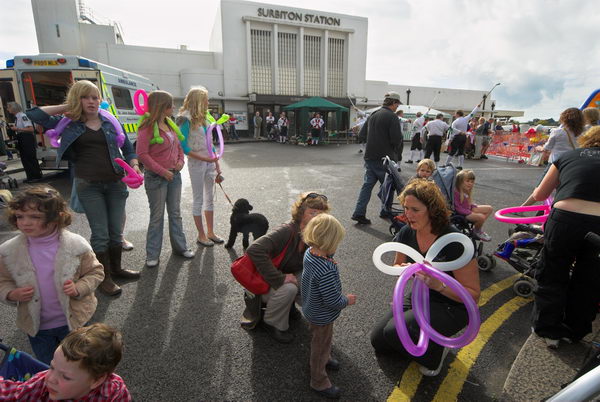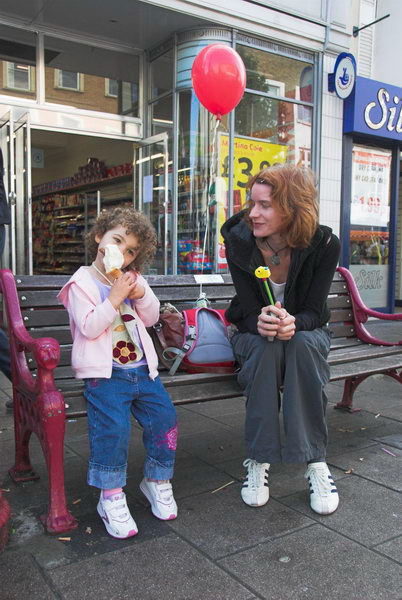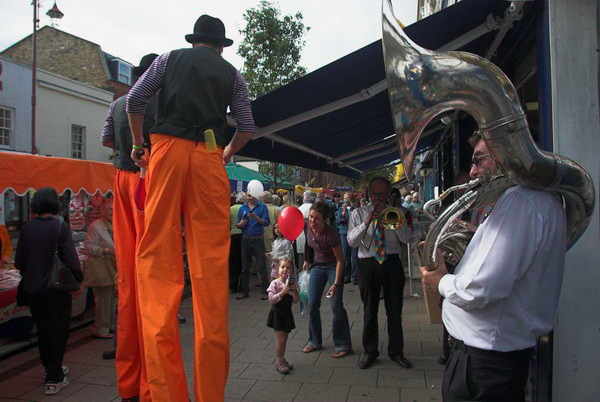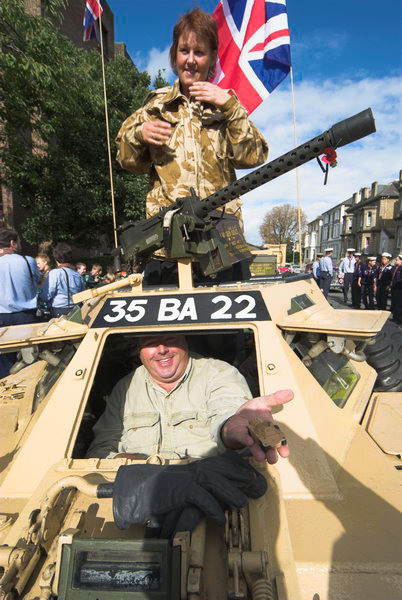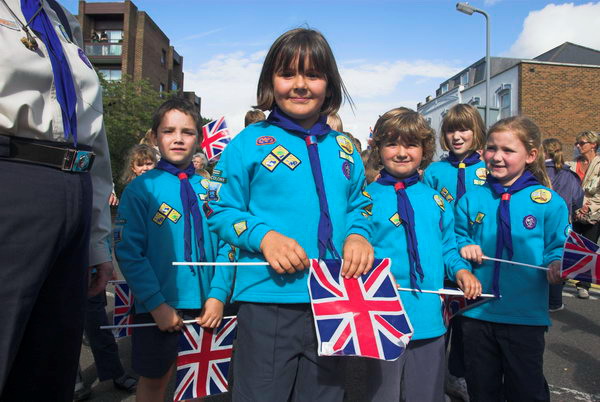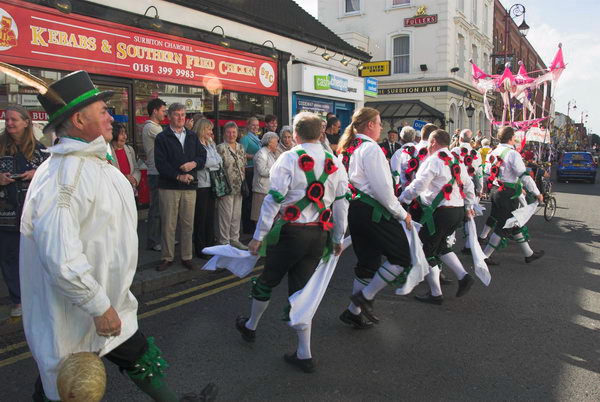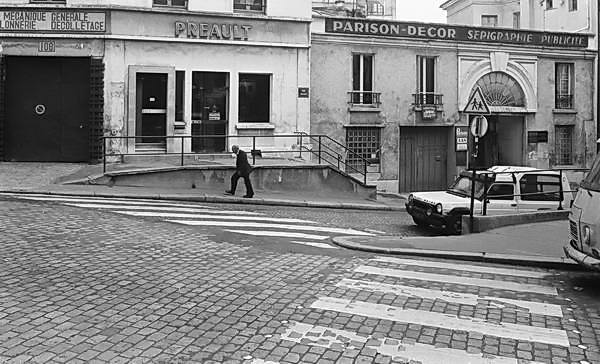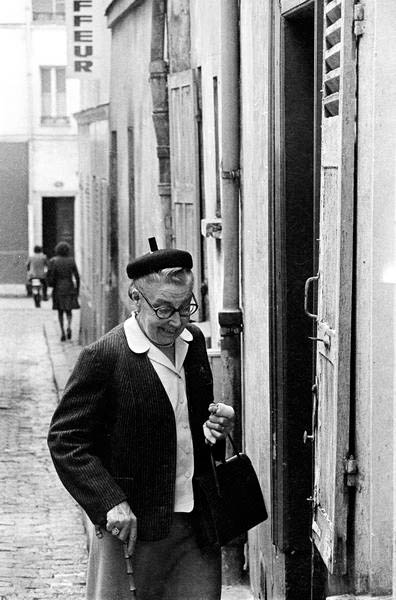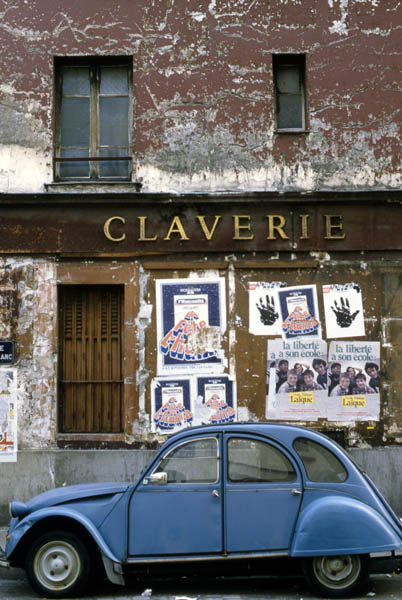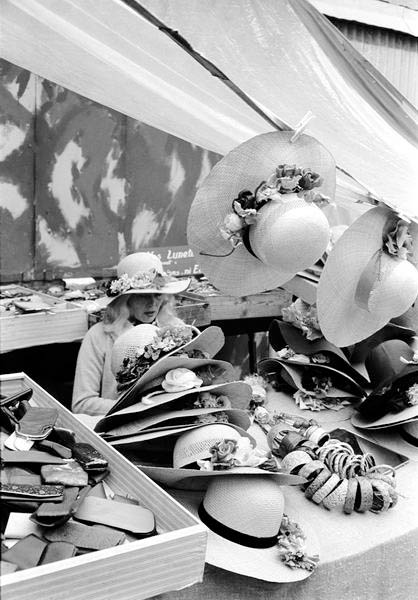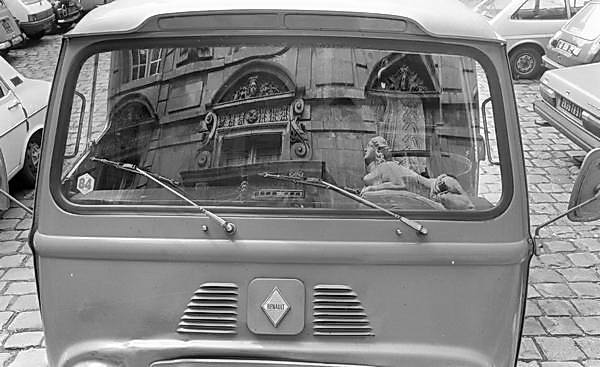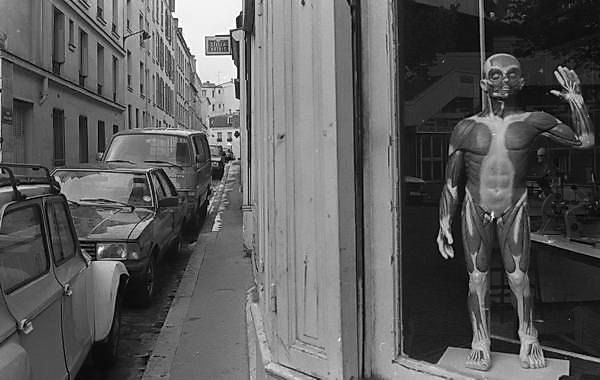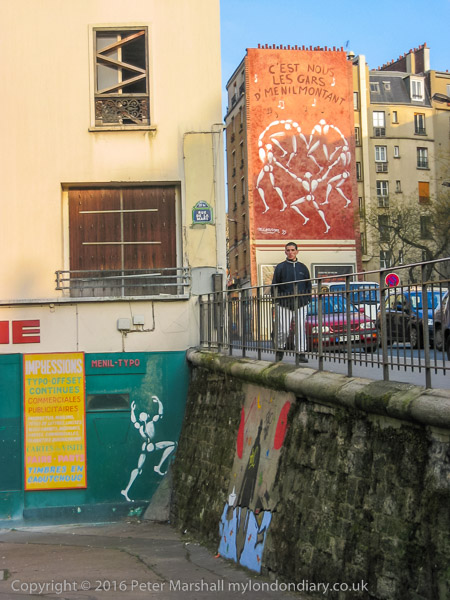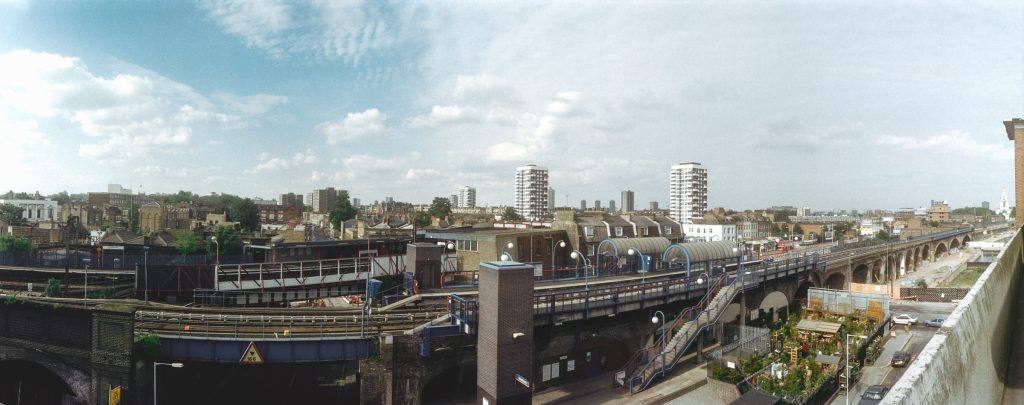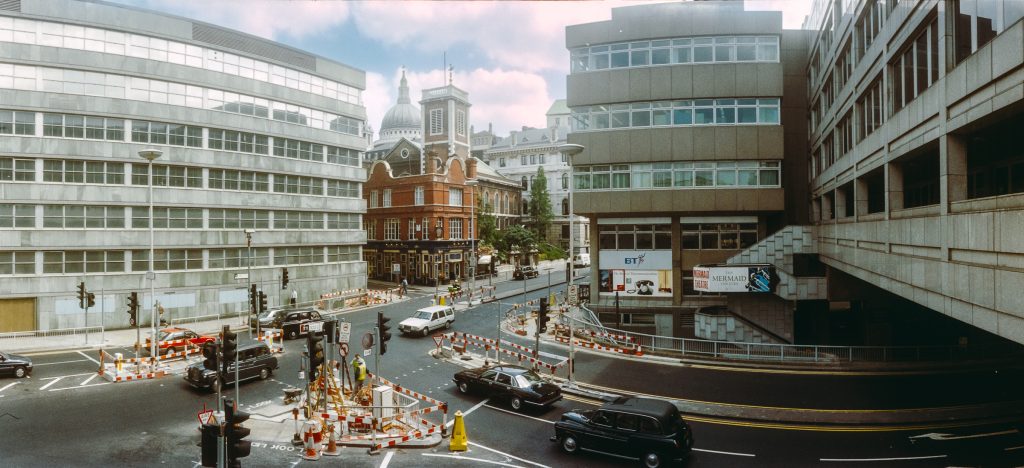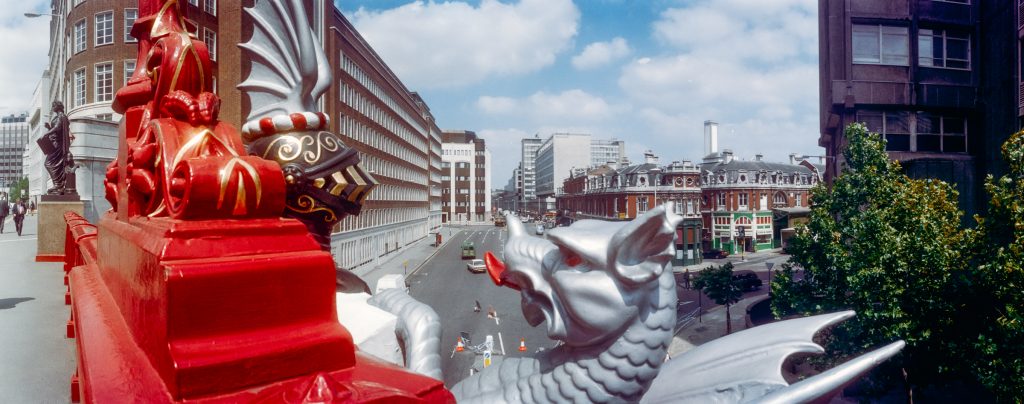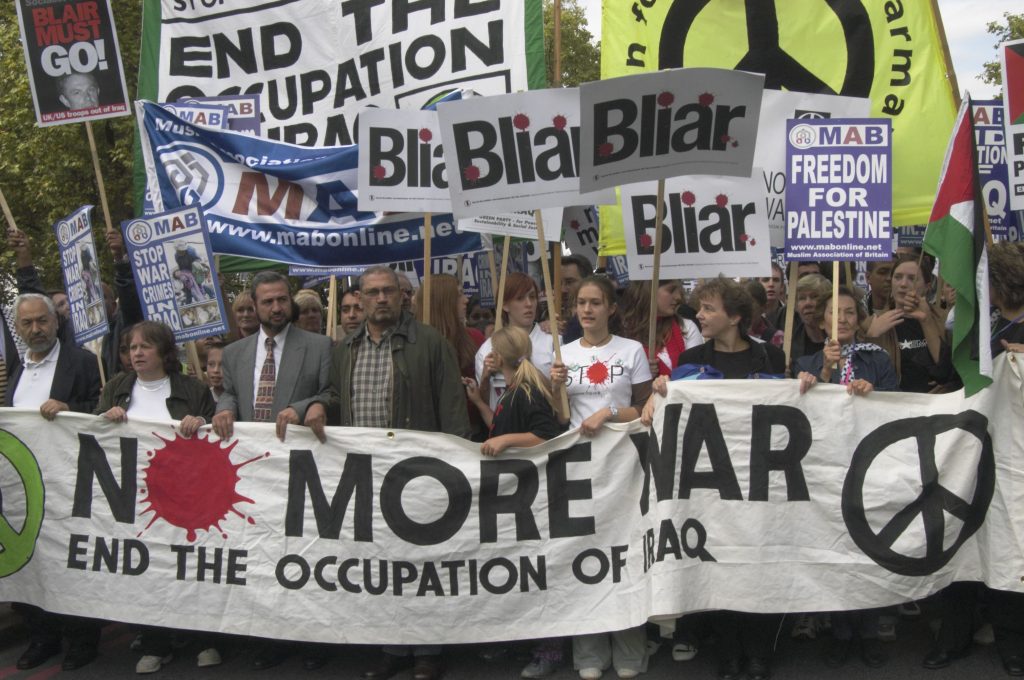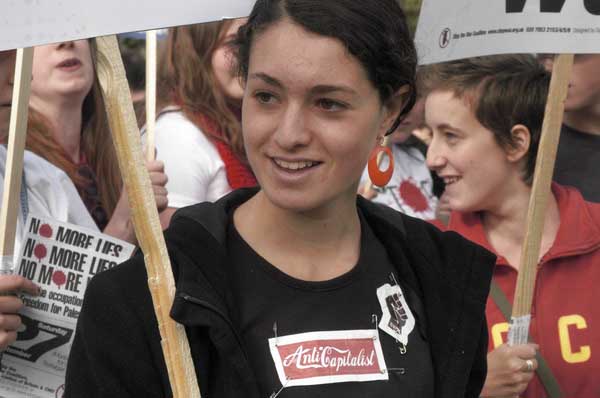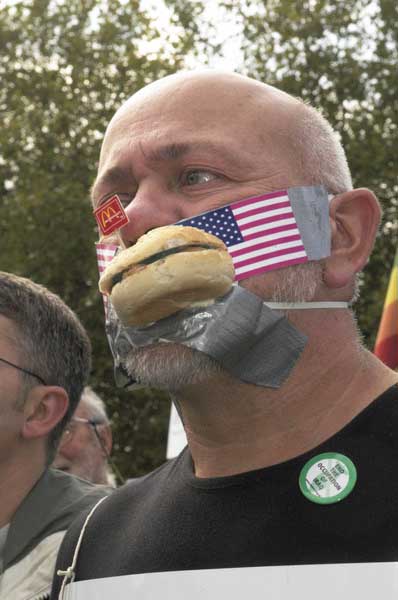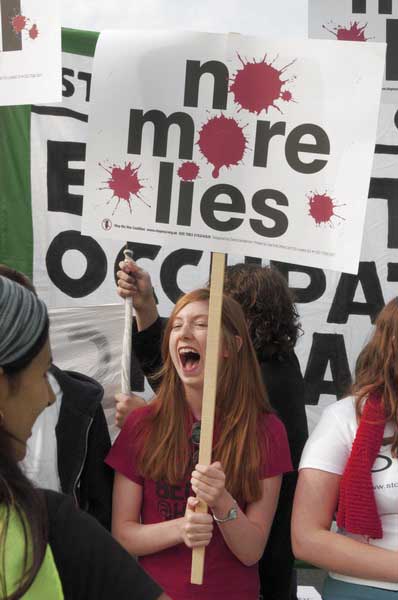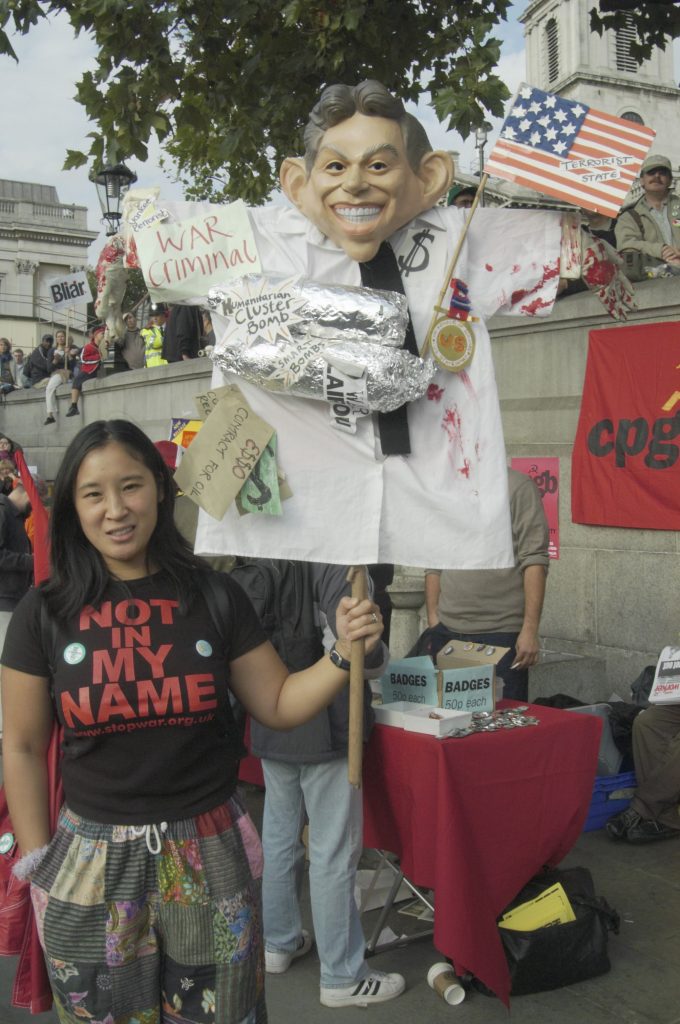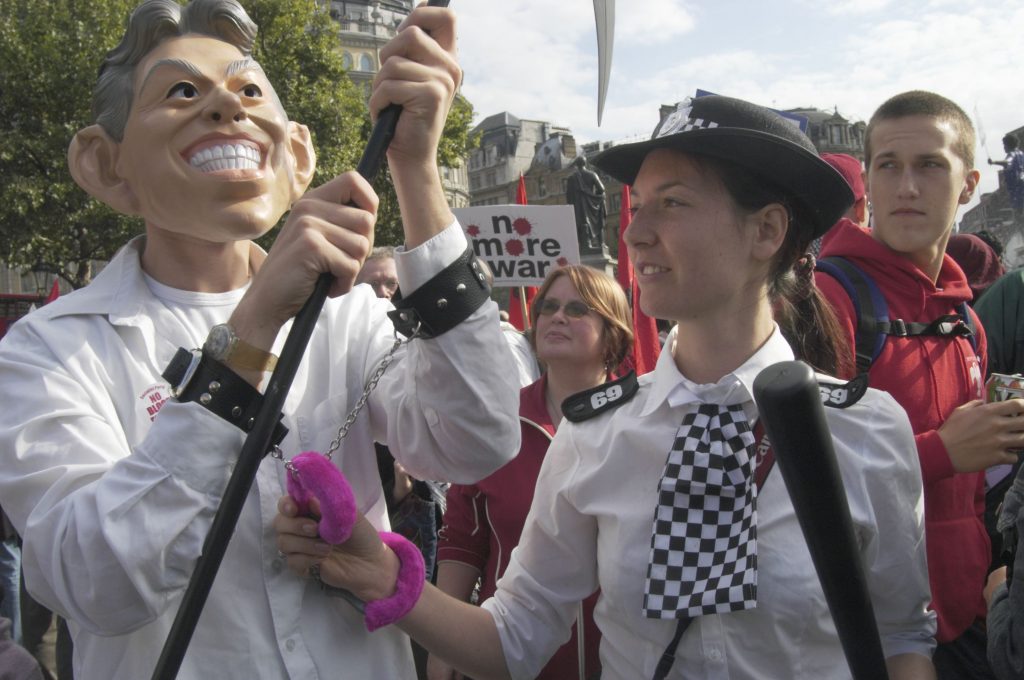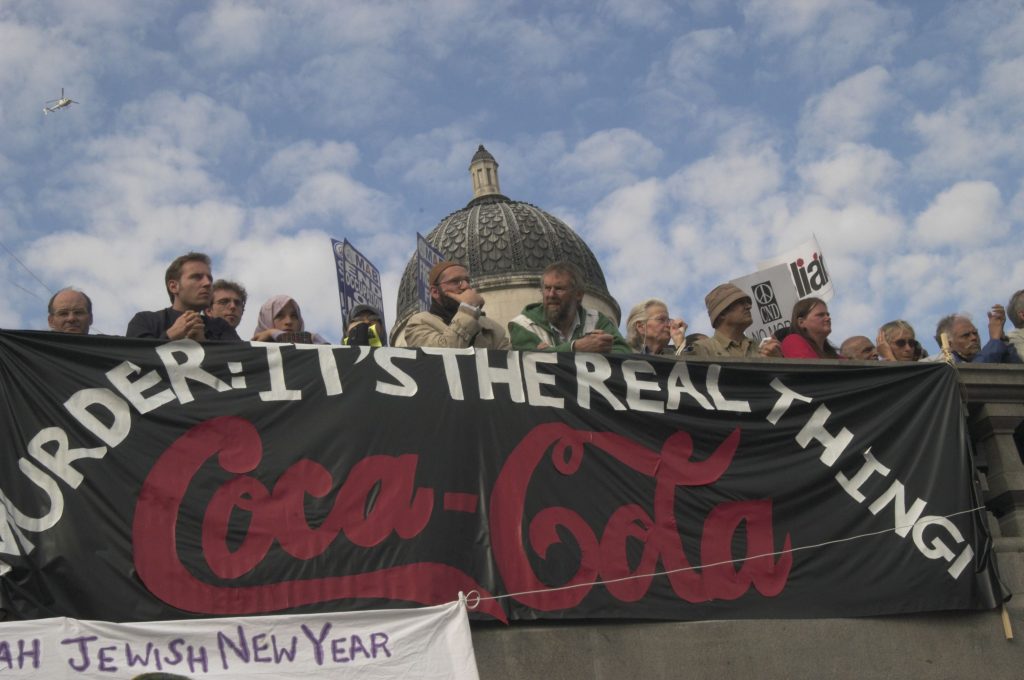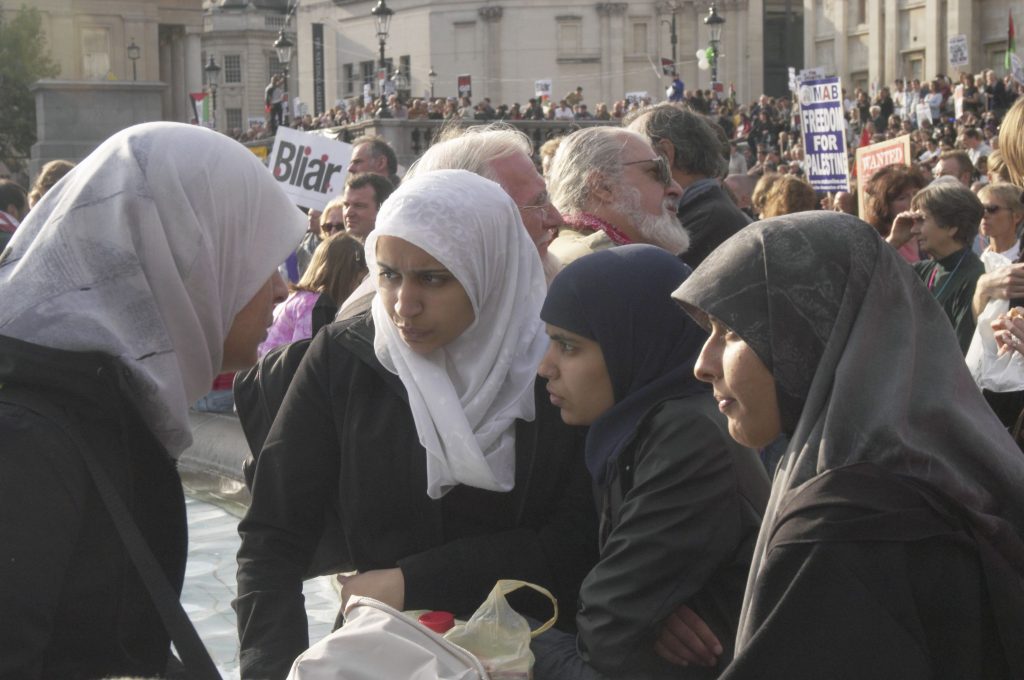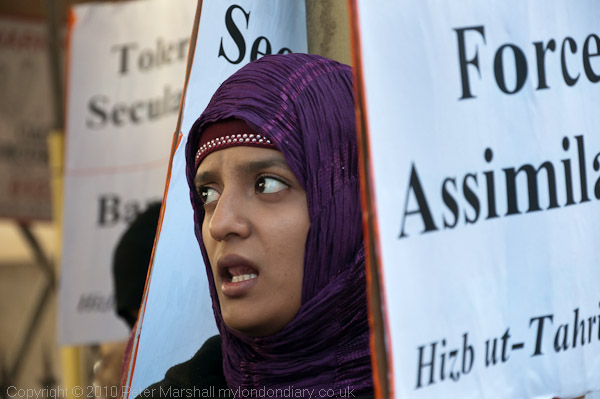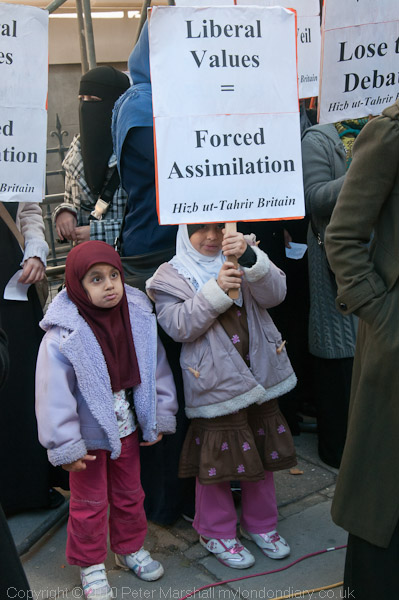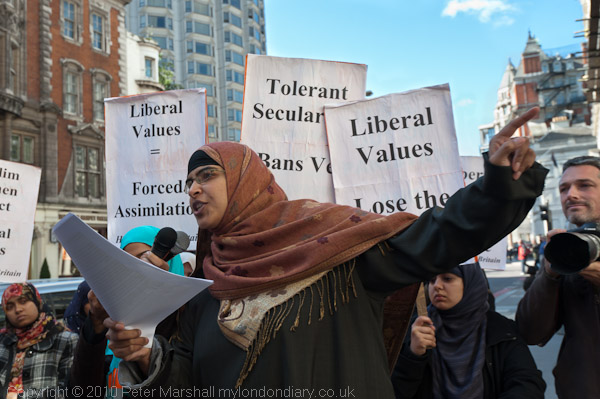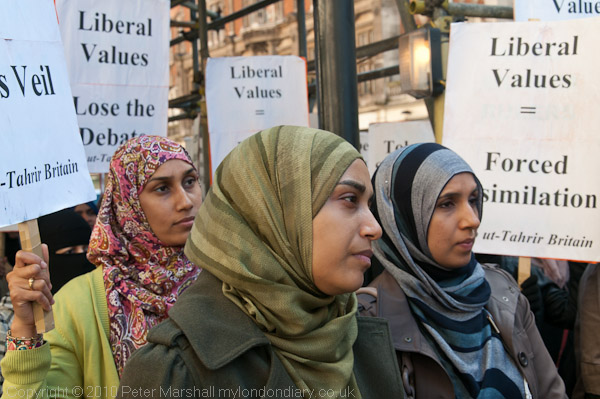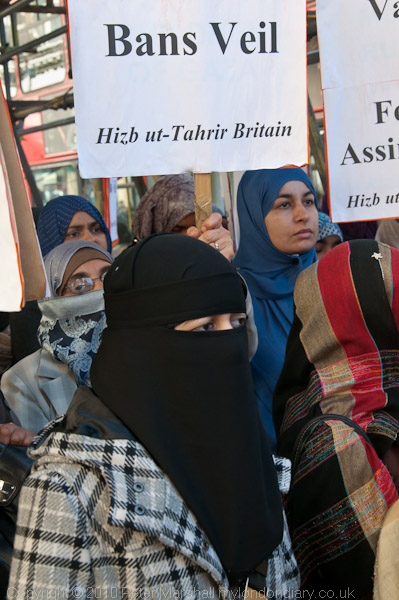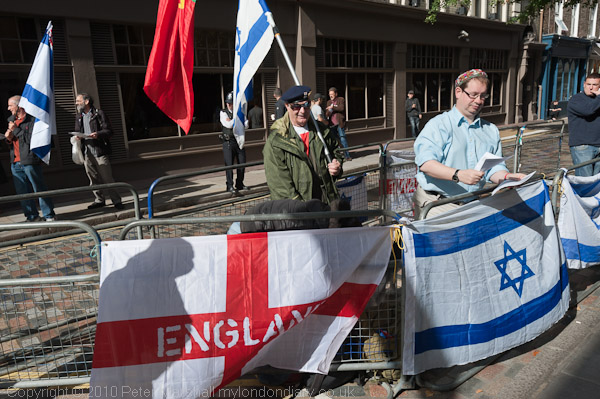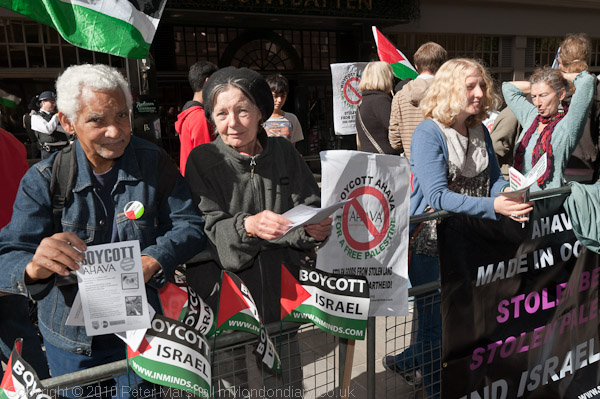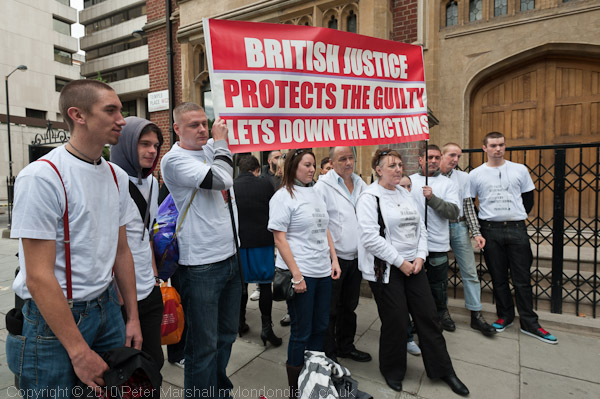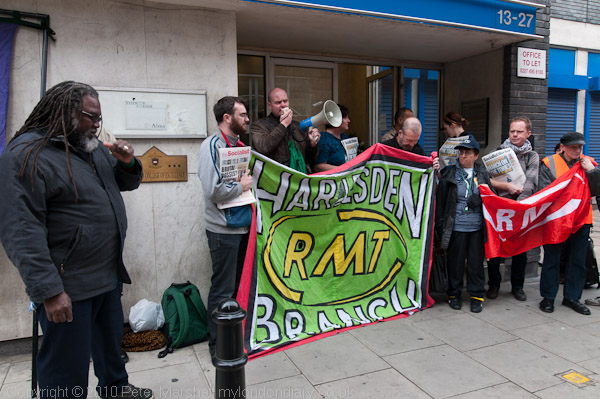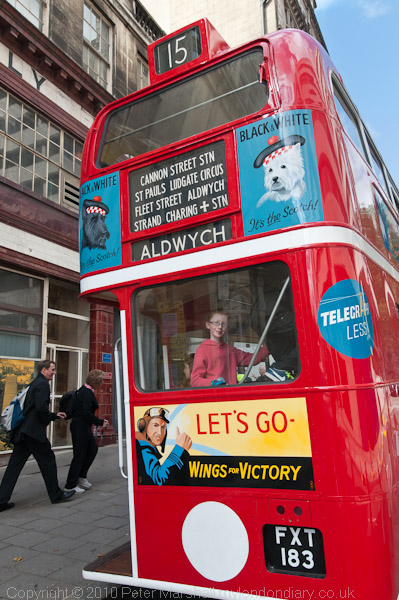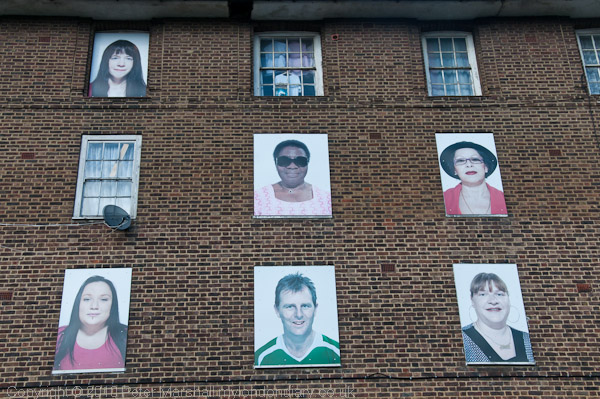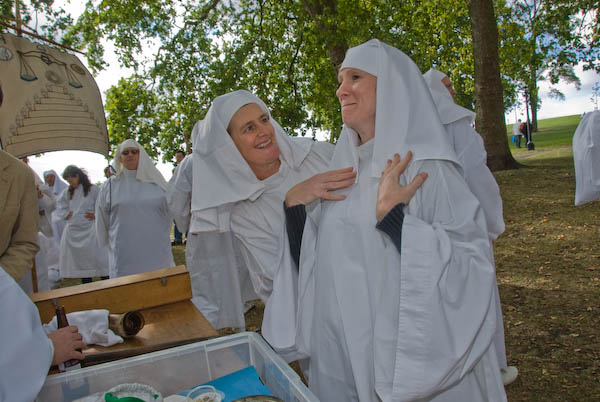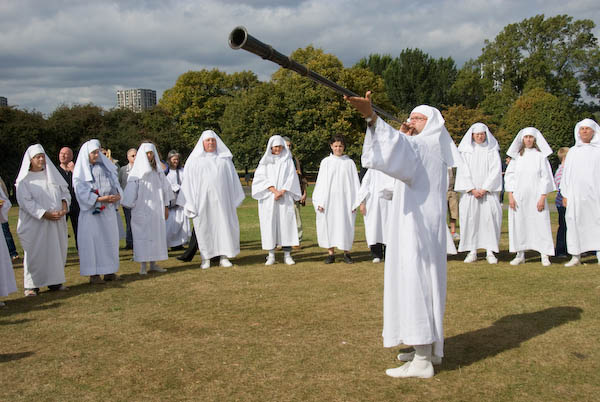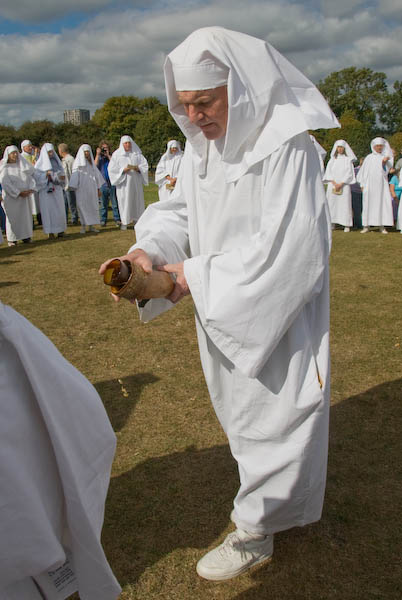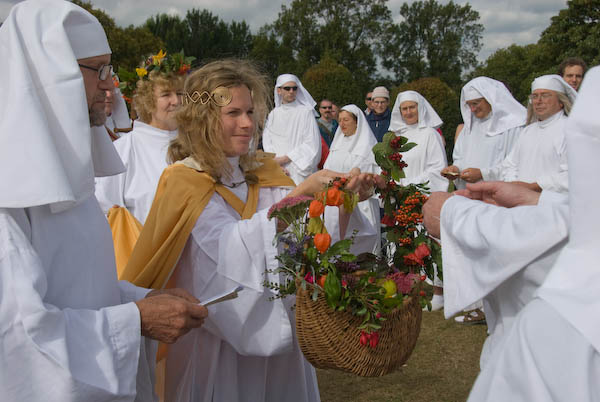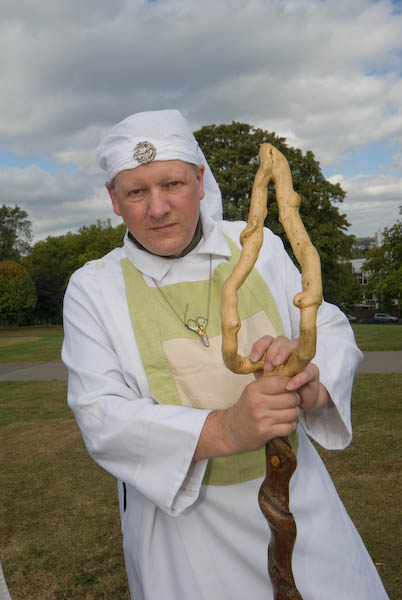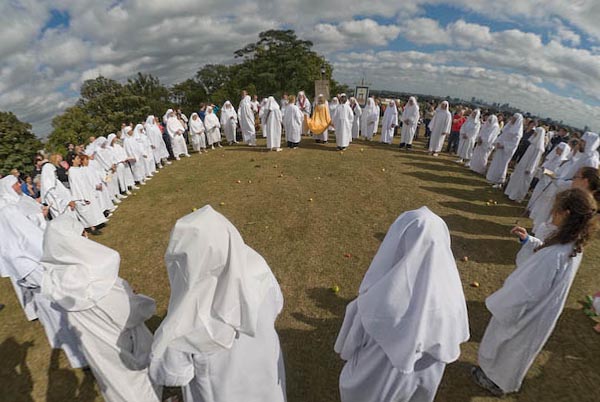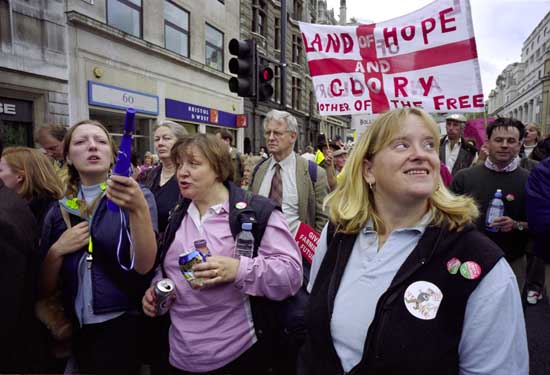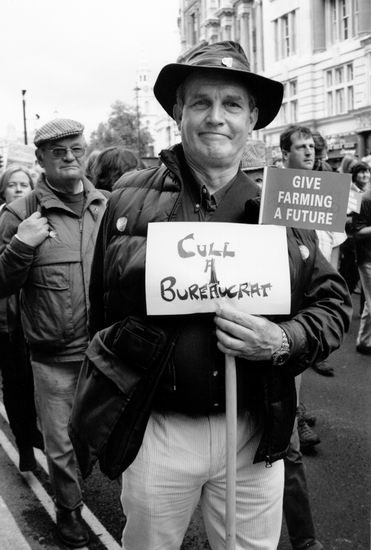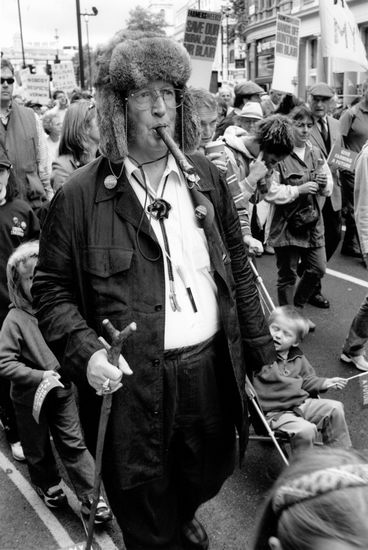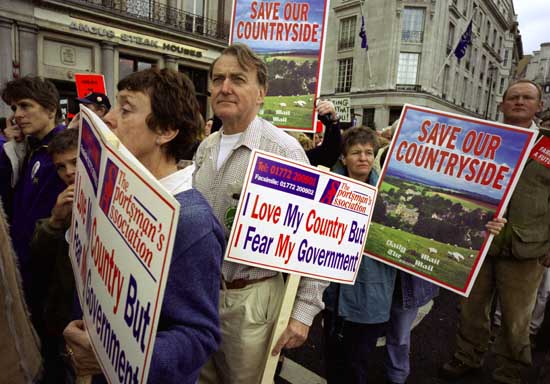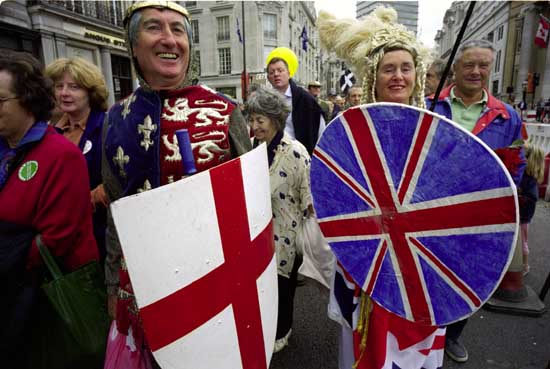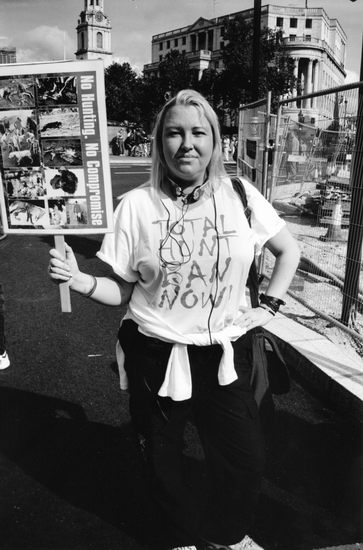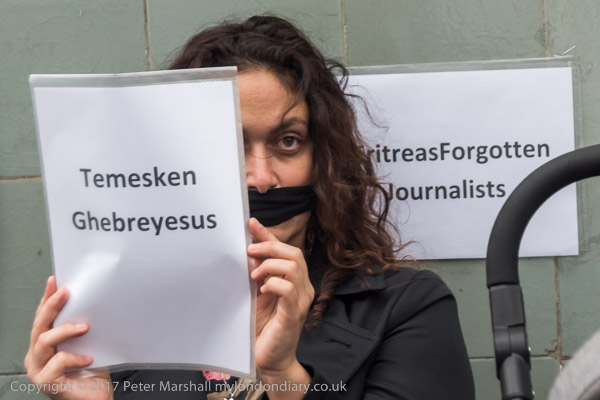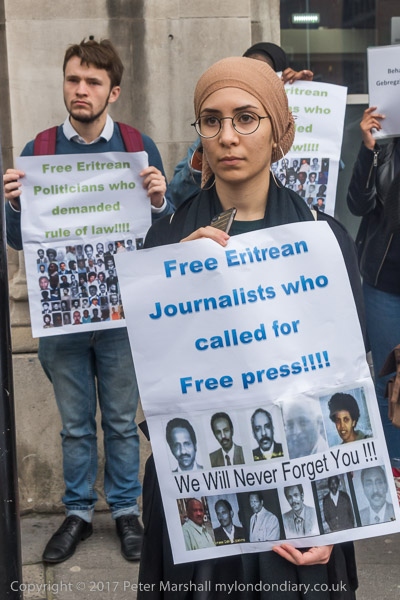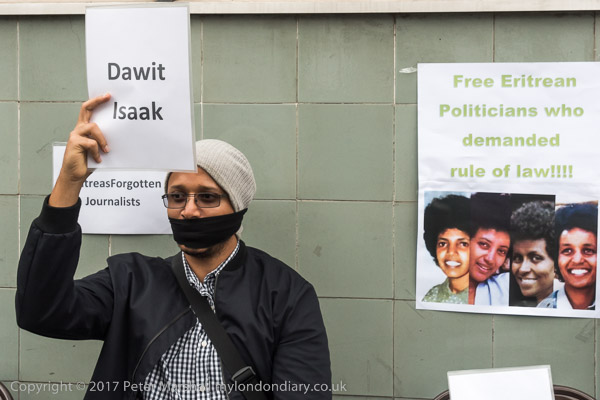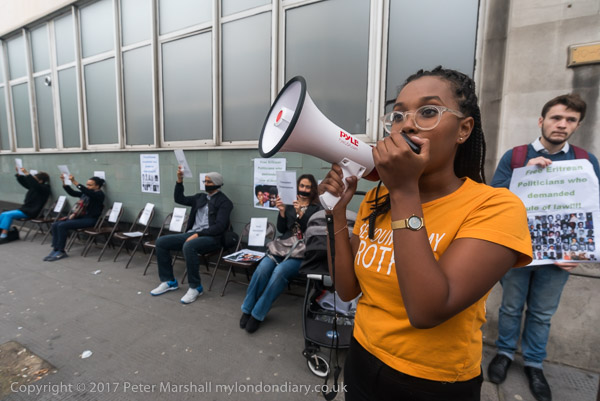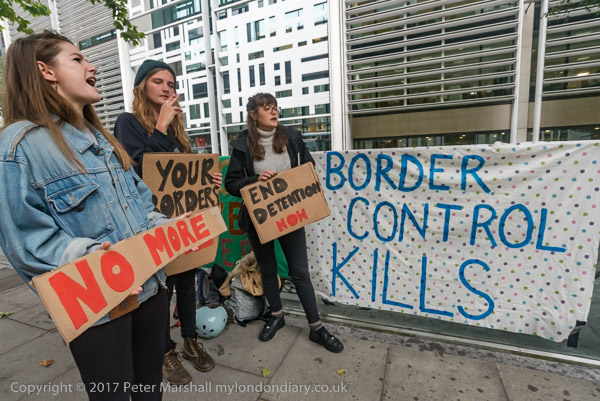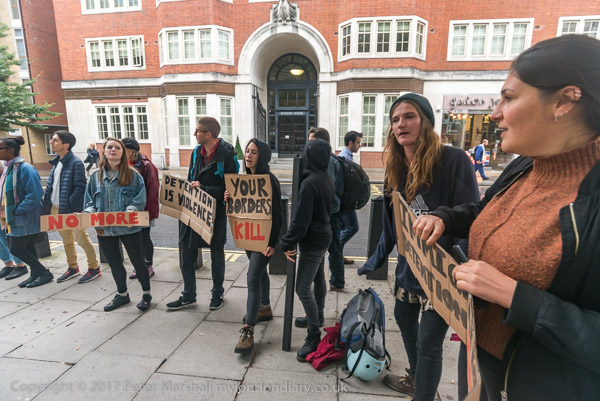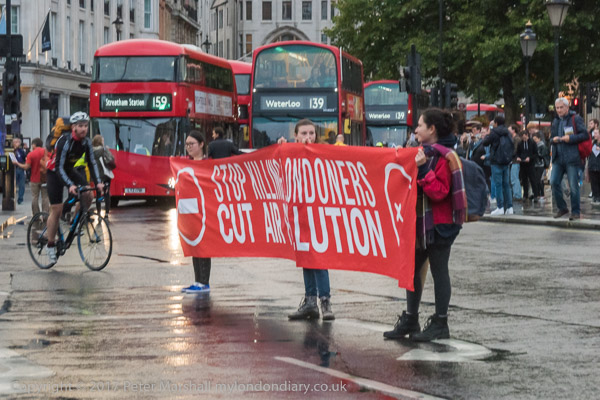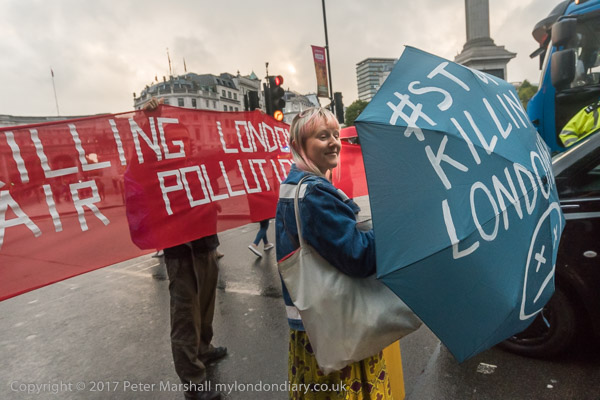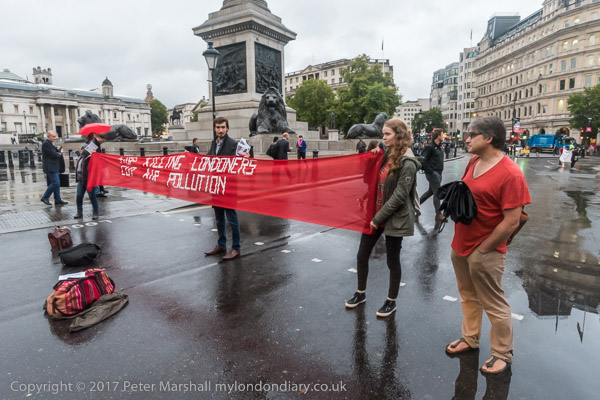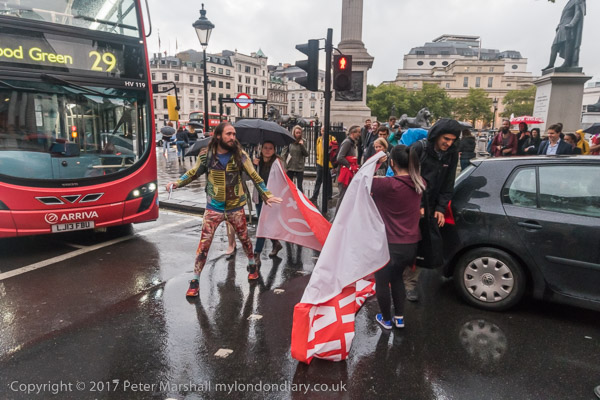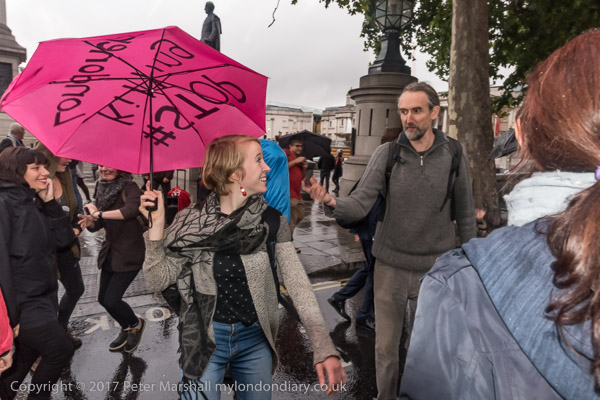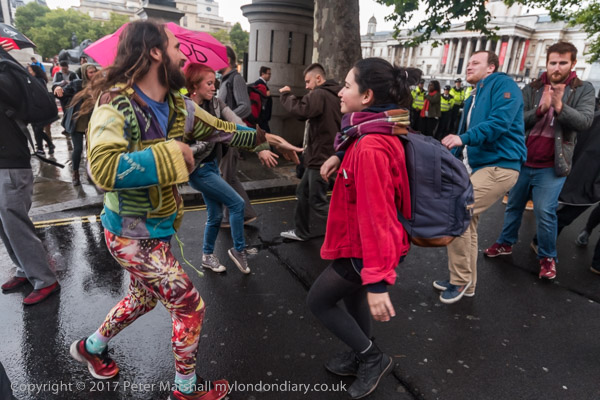Make Them Pay March: Thousands came to the ‘Make Them Pay’ march from the BBC to Parliament Square in London on Saturday 20th September 2025, part of a global week of action on climate justice backed by an alliance of trade unions and campaigning organisations representing millions of workers, citizens and communities across Britain. They say ‘Billionaires have broken Britain – Make THEM pay to fix it‘ and demand the government tax the super-rich, protect workers rather than billionaires and make polluters pay.
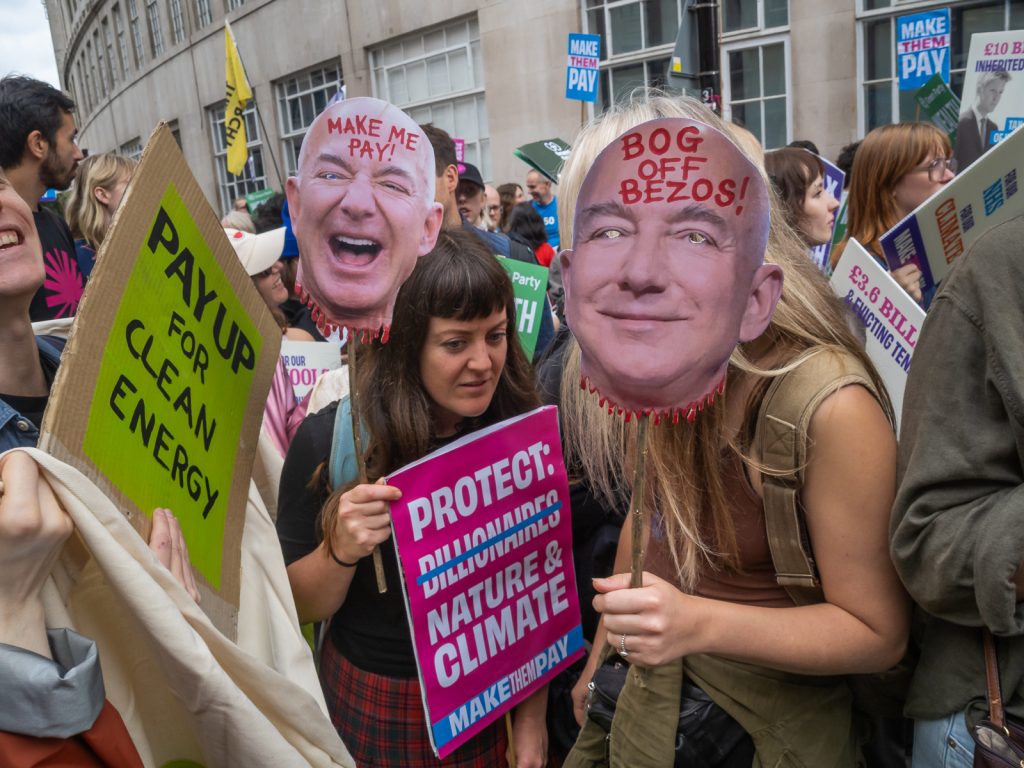
The march assembled in nine blocks, in anticipation of this being an extremely large protest given the number of organisations supporting it, but many of these were hard to spot on the march, though they may have been more obvious at the rally that followed.
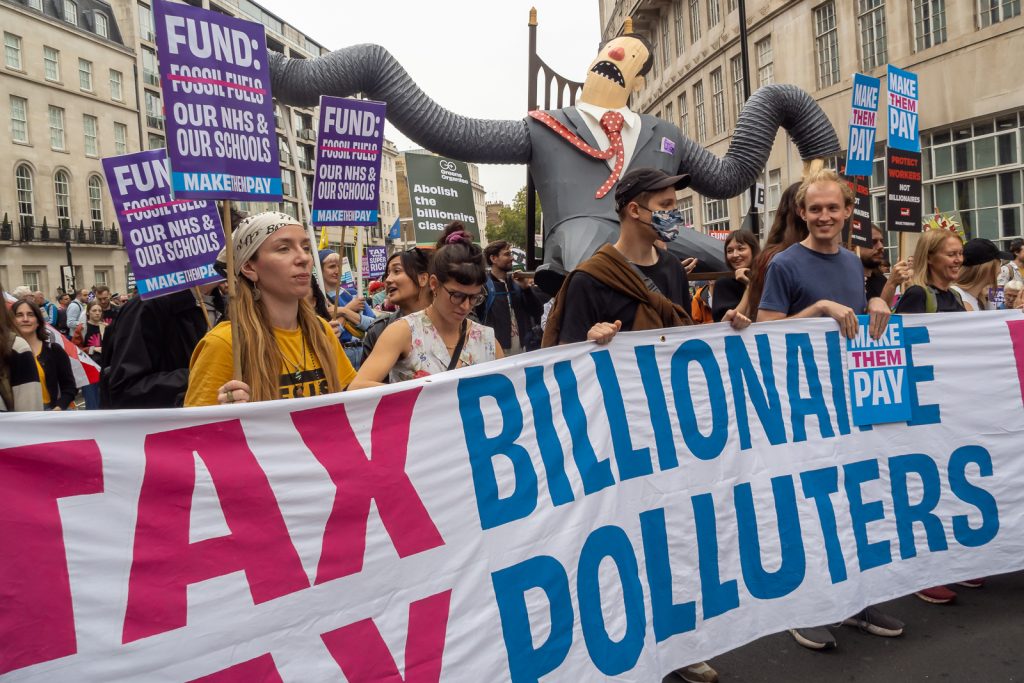
After a couple of hours photographing before the start and on the first mile or so of the march I was getting rather tired, but also finding that I was beginning to photograph exactly the same people and groups.
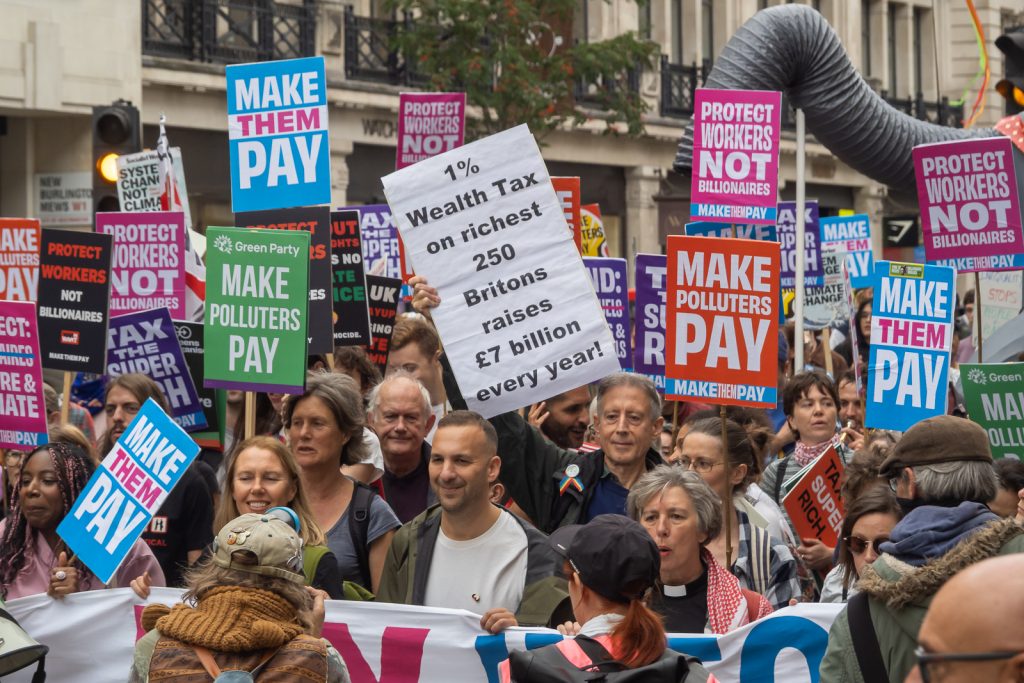
It was time for me to take a rest and eat my sandwiches before going to photograph a protest over job losses for cleaners working for University College on the campus and at halls of residence.
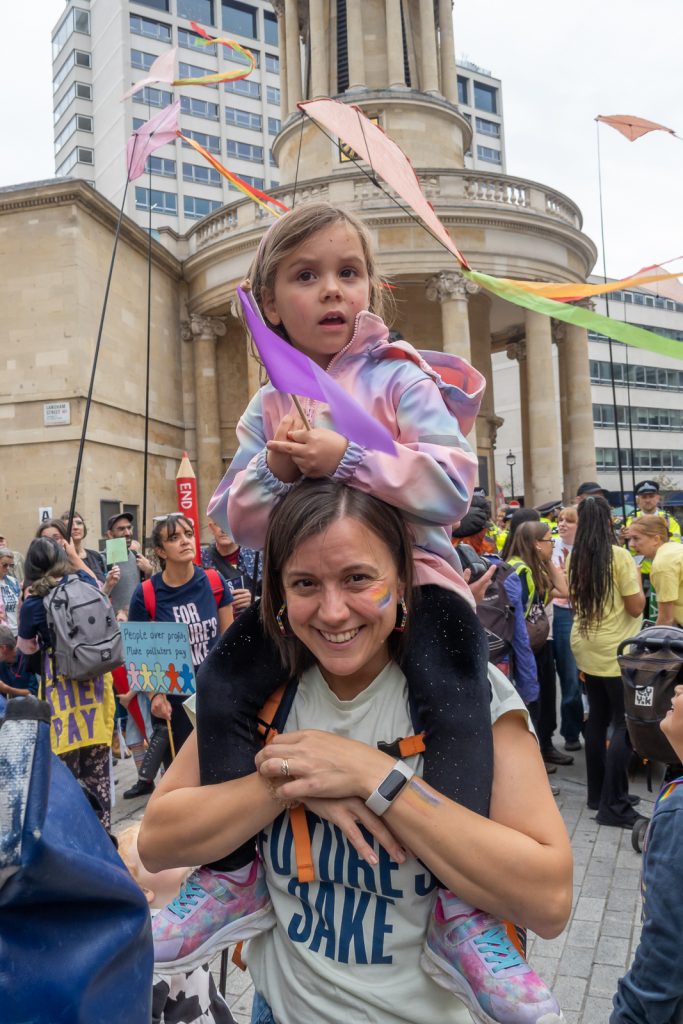
Here I’ll try to post a picture from each bloc as well as the list of the organisations involved – although there were many groups I could not identify on the march – and I apologise in advance for any pictures I have featured in the wrong blocs.
Bloc A: Parents, families and kids
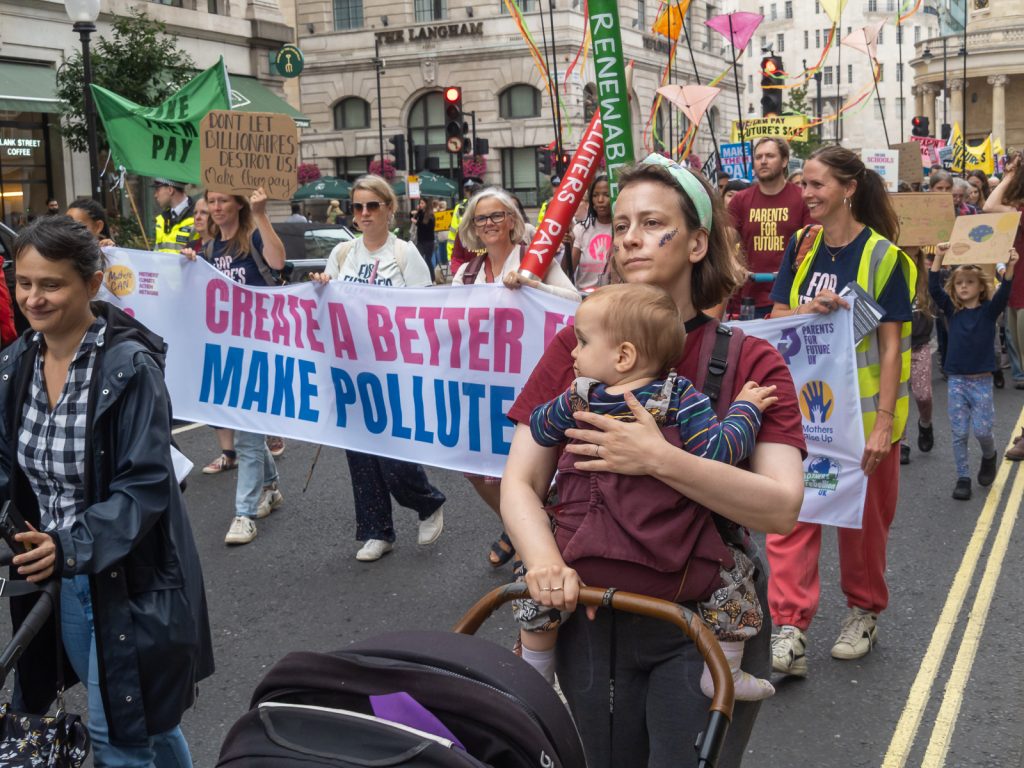
Parents for Future, Mothers Rise Up and Mothers’ Manifesto.
Bloc B: Economic and social justice
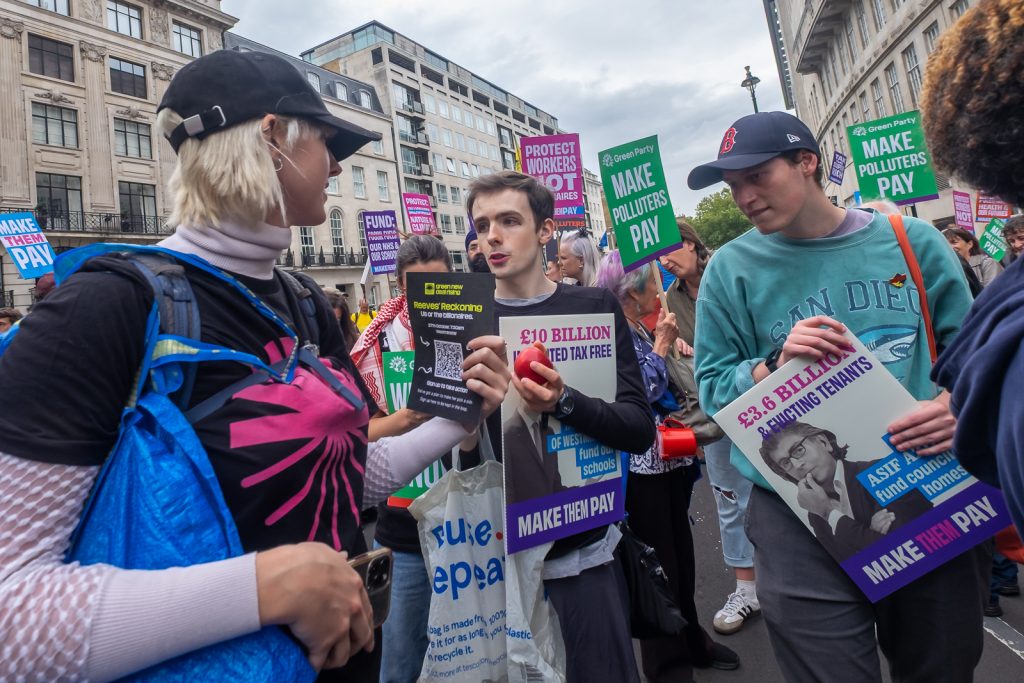
Action Aid UK, Another Europe is Possible, Compass, Debt Justice, DPAC, Equal Right, Equality Trust, Fuel Poverty Action, Greens Organise, Green Party of England and Wales, Haldane Society of Socialist Lawyers, It’s Just Economics, Just Treatment, MenaFem Movement, New Economics Foundation, Patriotic Millionaires UK, Peace & Justice Project, Positive Money, Tax Justice UK, 350.org.
Bloc C: Palestine solidarity
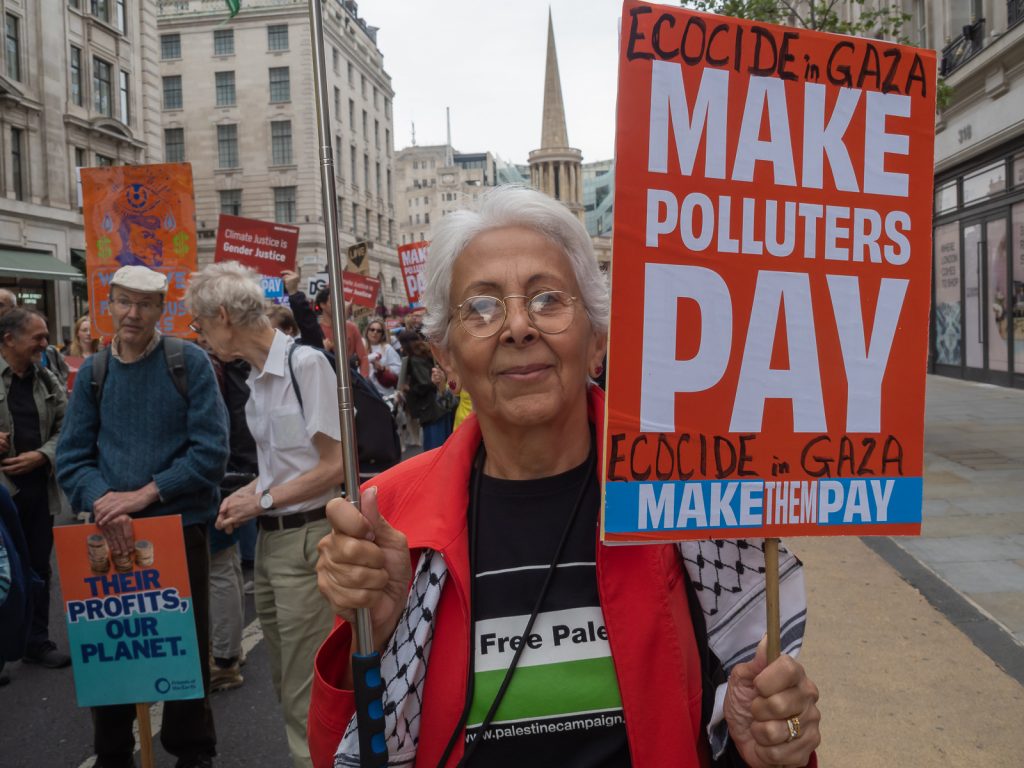
No named group took part, but there were a few Palestinian flags and a few individuals reminding us of the vast ecocide being inflicted on Gaza
Bloc D: Migrant and racial justice
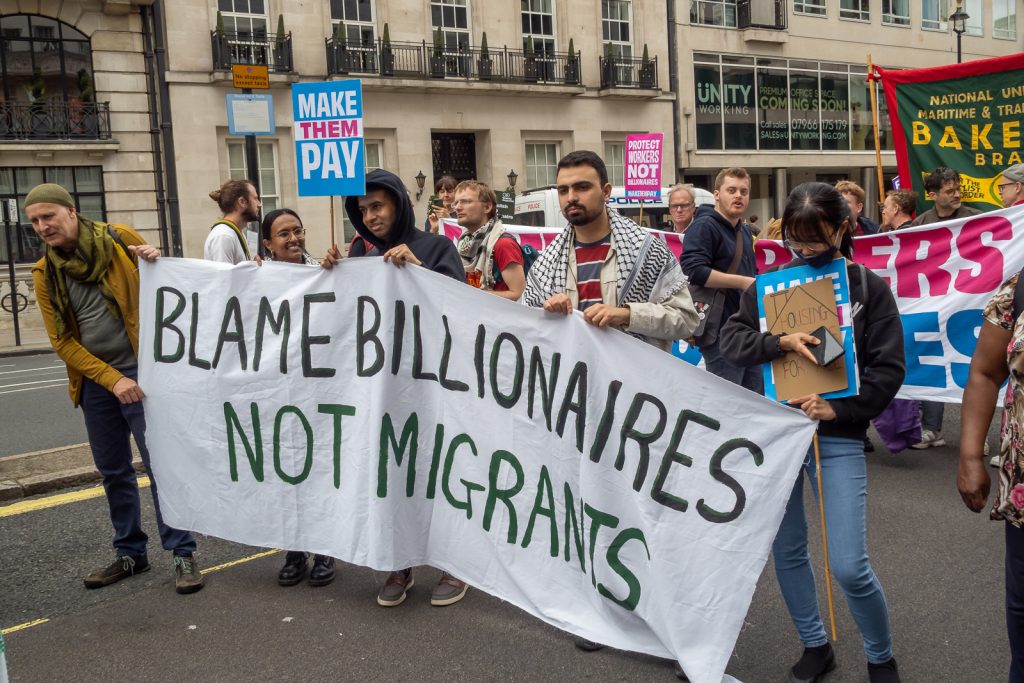
Black Liberation Alliance, Joint Council for the Welfare of Immigrants,
Migrants Organise, No Borders in Climate Justice.
Bloc E: Workers and trade unions

Bakers’ Union, Equity, Fire Brigades Union, Greener Jobs Alliance, National Education Union.
Bloc F: Billionaires out of fashion
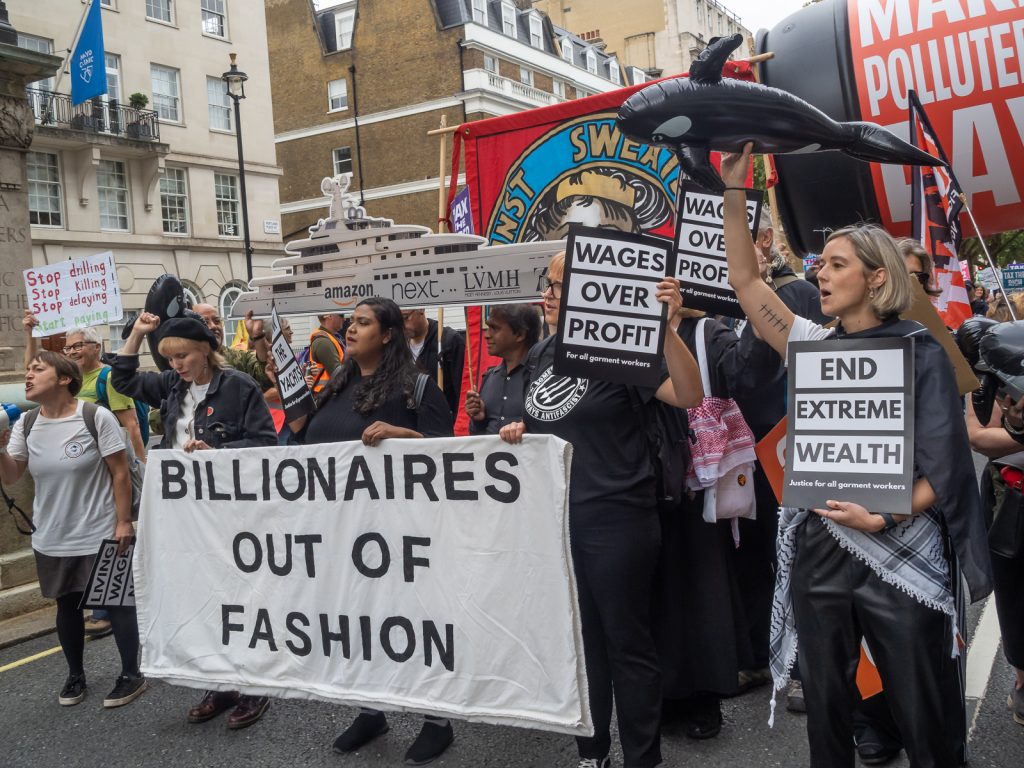
Labour Behind the Label, No Sweat .
Bloc G: Faith groups
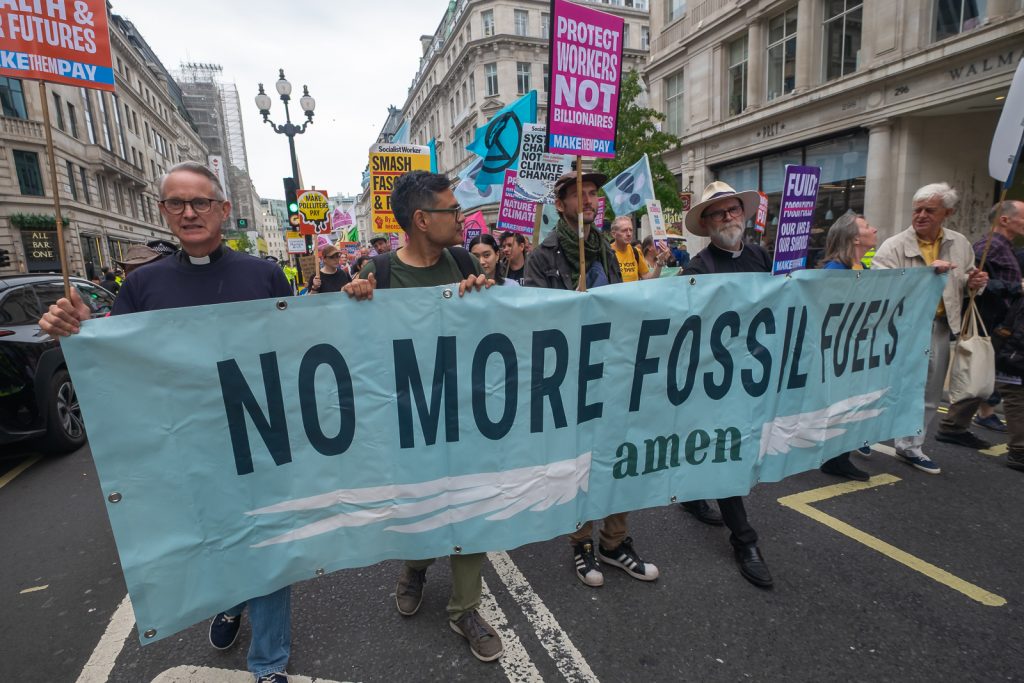
CAFOD, Christian Climate Action, Christian Aid, Church Action on Poverty, Faith for the Climate, Muslim Aid, Muslim Charities Forum, Quakers in Britain.
Bloc H: Restore nature
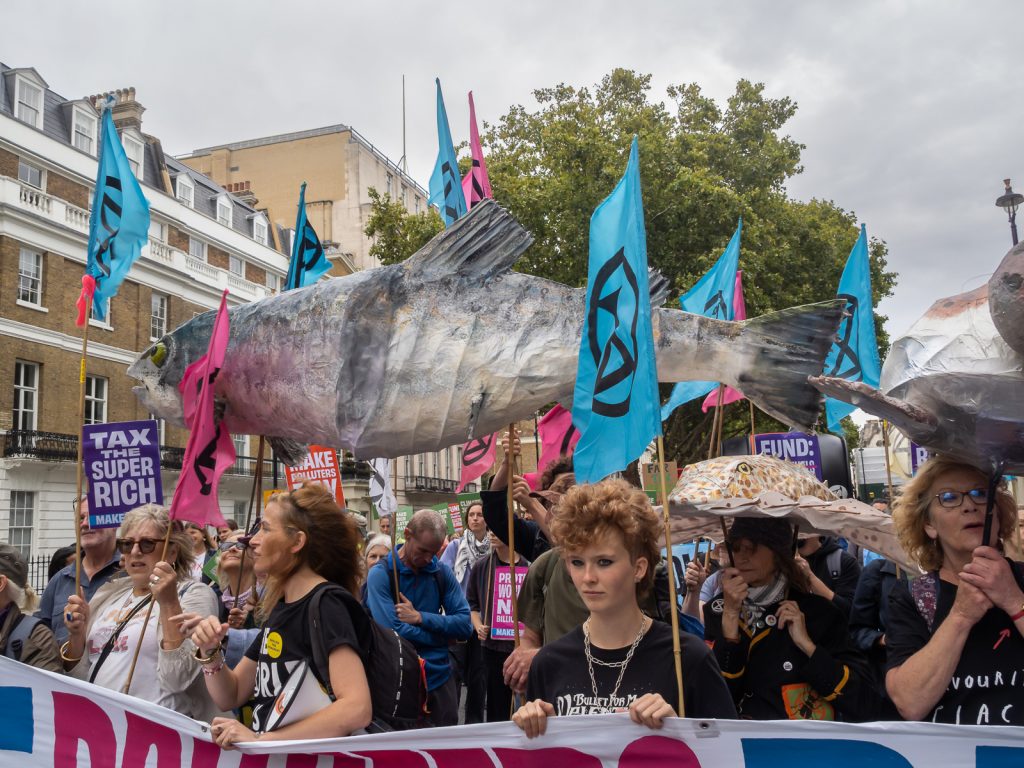
River Action, Take Back Water, Zero Hour. I can’t find a picture featuring these groups, but there were Extinction Rebellion supporters with a large fish.
Bloc J: Climate justice.
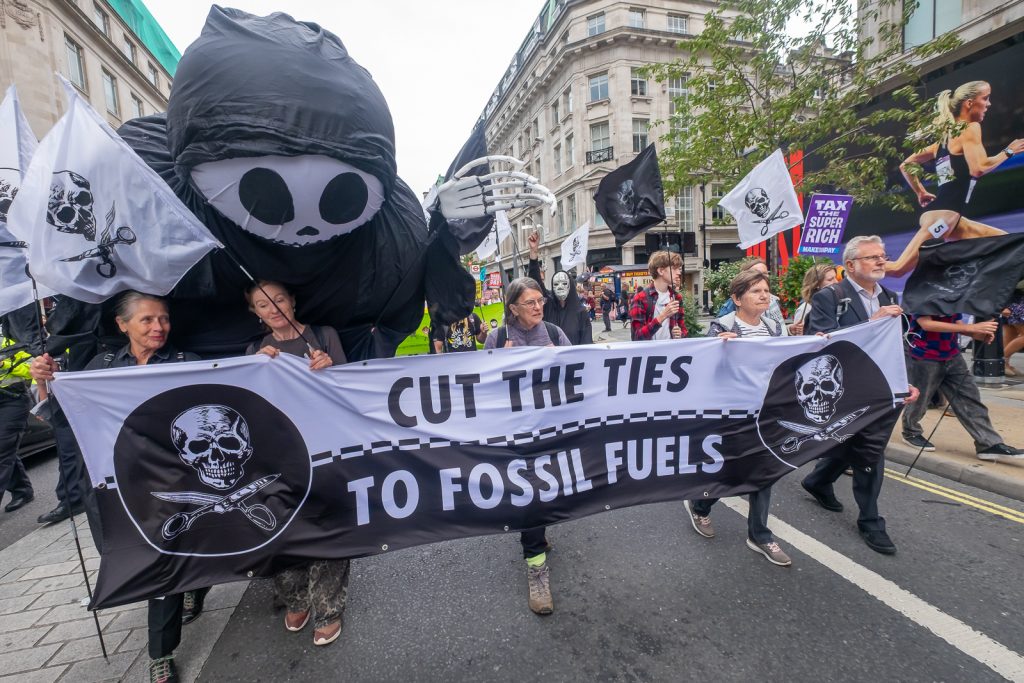
Anticapitalist Resistance, Campaign Against Climate Change, Climate Resistance, Debt for Climate, Ecojustice Ireland, Extinction Rebellion, Friends of the Earth EWNI, Global Justice Now, Global Witness, Greater Manchester Climate Justice Coalition, Green Economy Coalition, Greenpeace, Heat Strike, London Mining Network, Make Polluters Pay, Oxfam, People & Planet, Possible, Stop Rosebank, Tipping Point, Working Class Climate Alliance, War on Want, Yorkshire and Humber Climate Justice Coalition.
Many more pictures in my Facebook album Make Them Pay March including some that didn’t seem to fit in any of the blocs.
Flickr – Facebook – My London Diary – Hull Photos – Lea Valley – Paris
London’s Industrial Heritage – London Photos
All photographs on this page are copyright © Peter Marshall.
Contact me to buy prints or licence to reproduce.
